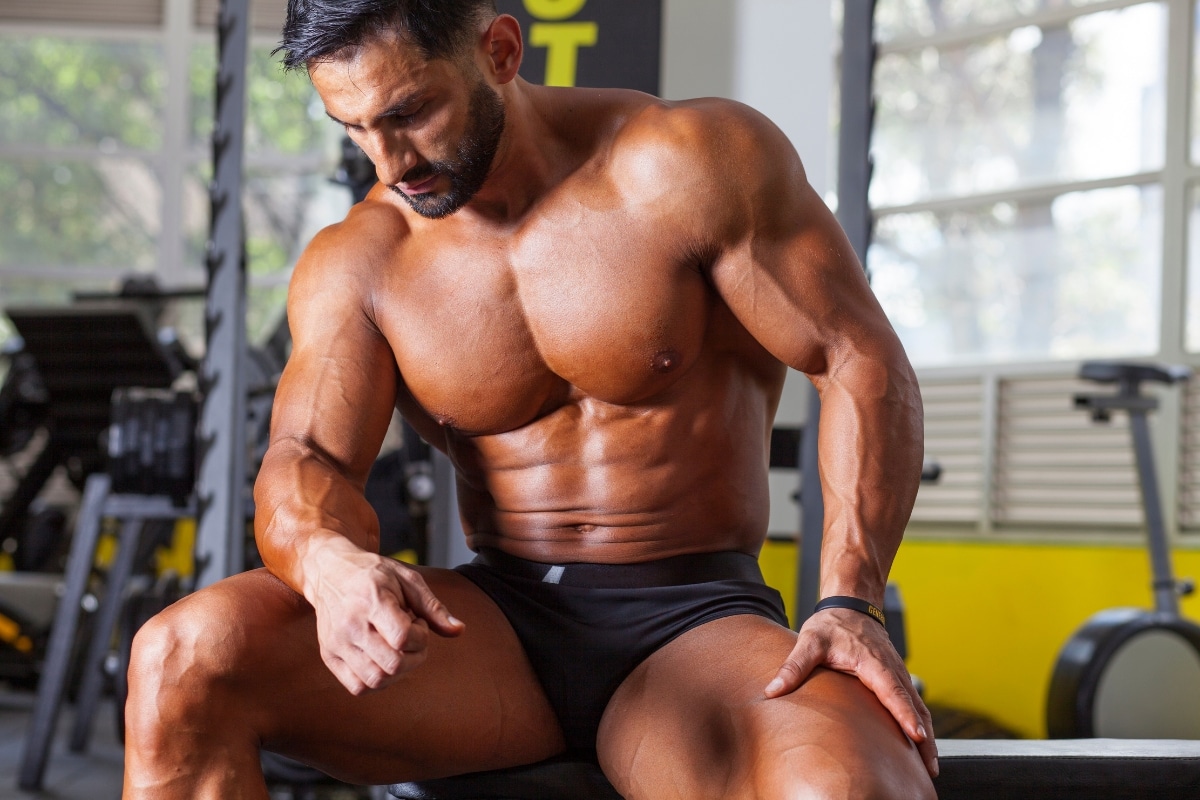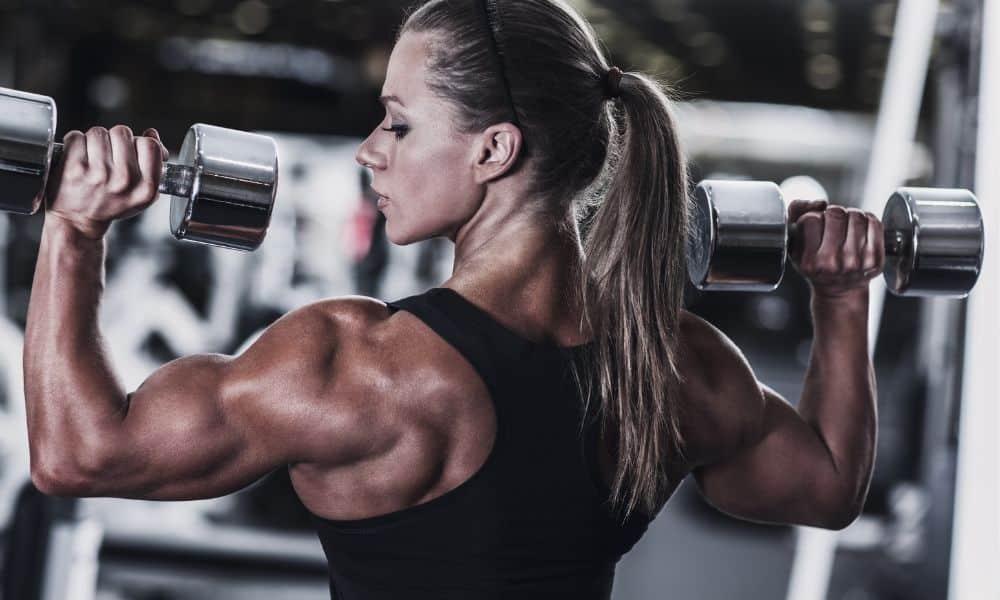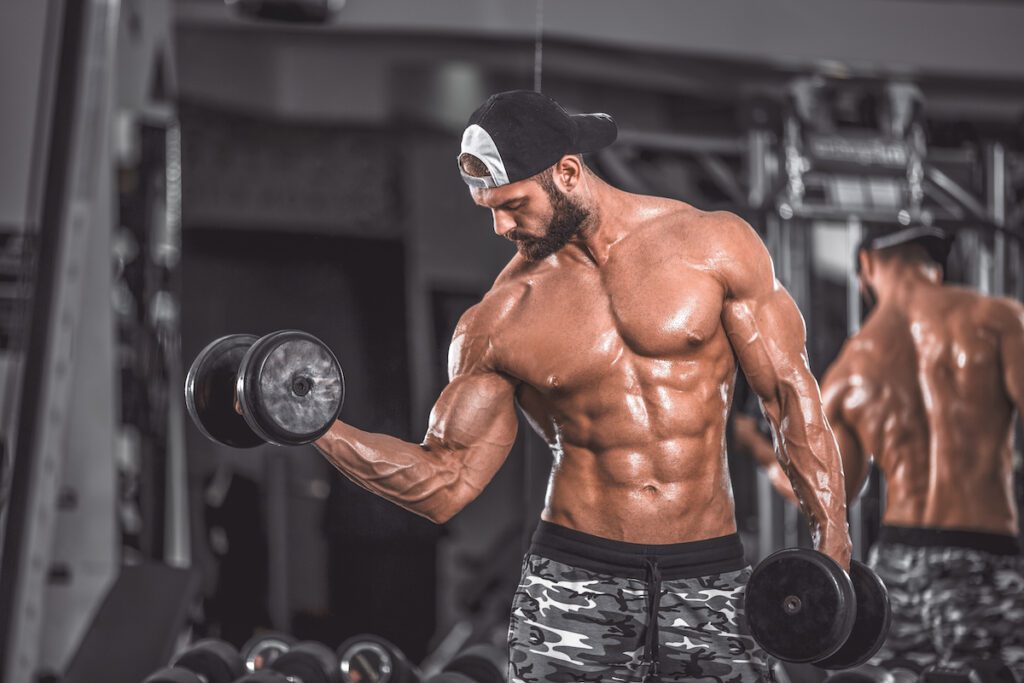Are you curious about volume training for bodybuilders? When it comes to bodybuilding, one of the most important factors is the volume you put in. Volume training describes the number of sets and reps you do per exercise and the load or weight you use for each activity. There are several ways to measure volume. All bodybuilders, amateur or professional, need to use one rep max, a periodization plan, and progressive overload to determine their training volume.
3 Steps to Volume Training for Bodybuilders
Volume is determined by basic math, where sets, reps, and weights are multiplied together. Volume is a simple way to determine how much work is performed on each exercise. Let’s look at how these strategies help maximize a bodybuilder’s workouts.

1. One Rep Max (1RM)
The One Rep Max (1RM) is the heaviest weight a person can lift in one repetition with perfect form. This number can then calculate the percentage of that 1RM that should be used when lifting at different rep ranges. For example, if your 1RM is 100 pounds, then 80 percent of that would be 80 pounds which would be more suitable for 4-6 reps (also known as hypertrophy). Knowing your 1RM helps set realistic goals and target specific muscle groups during workouts. It also tracks progress as you increase your strength and muscle mass over time.
2. Periodization Plan
A periodization plan strategically organizes your workouts over a specific timeframe, such as weeks or months. It involves breaking down your training into strength, power, and size phases so that different fitness areas can be targeted depending on your goals. The idea behind this approach is to cycle through different intensities, so your body doesn’t get used to just one type of workout routine or intensity level. This allows for more incredible overall results since other fitness parts are targeted throughout the program.
3. Progressive Overload
Progressive overload refers to gradually increasing the resistance or weight used during workouts to force body adaptation to achieve greater muscle size and strength gains. In other words, if you want bigger muscles, then you need to gradually increase how much weight you are lifting for your muscles to grow bigger and stronger over time. This approach works best with a periodization plan since it allows for greater control over which muscle groups are being trained during each phase and what exercises should be done to maximize results for each stage.

The Last Word on A Guide to Volume Training for Bodybuilders
Volume training is essential to any successful bodybuilding program because it helps target specific muscle groups and track progress over time using tools like 1RM calculations, periodization plans, and progressive overloads.
Understanding these tools will help any bodybuilder maximize their workout results while also providing an organized approach. Hence, they stay focused on their goals even when life gets busy! Understanding these concepts can seem daunting for those new to bodybuilding, but they don’t have to be! With research and practice, anyone can become an expert in volume training!




